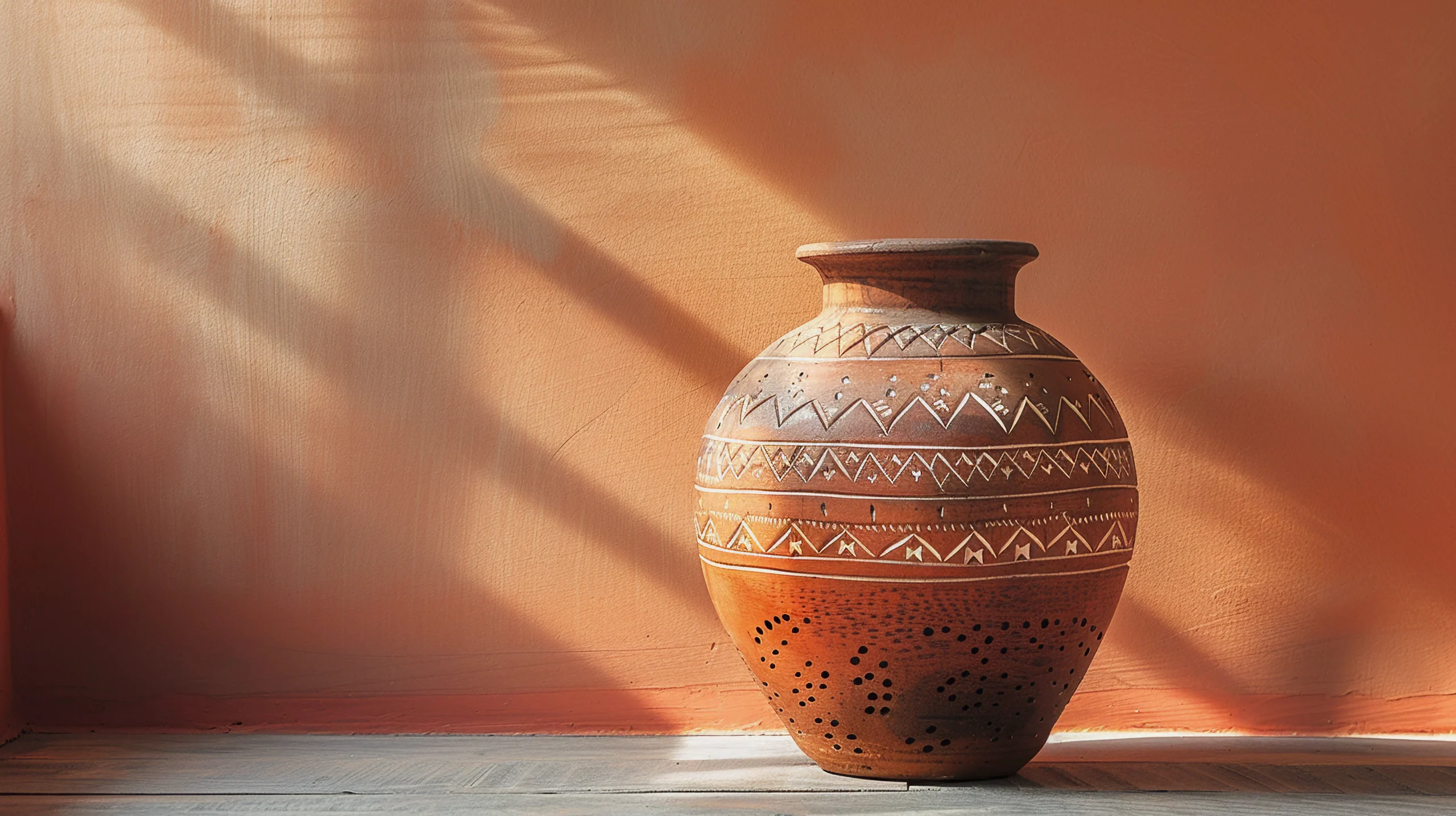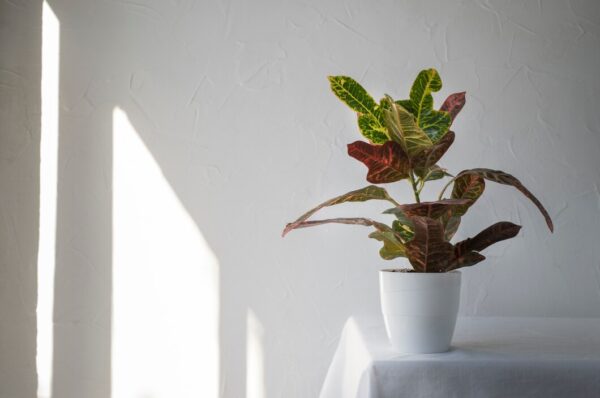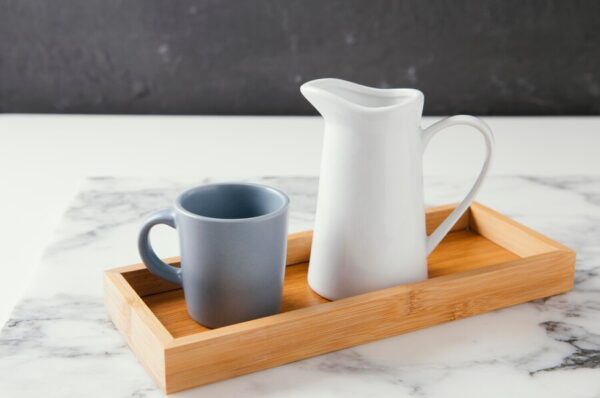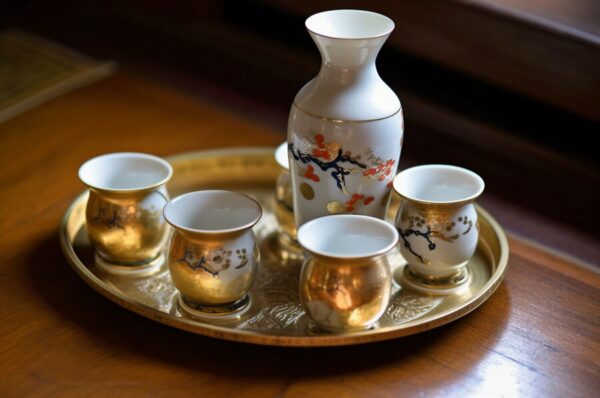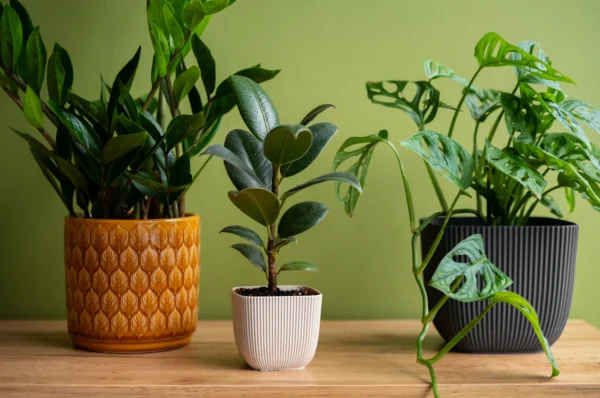Ceramic has always been more than just a material — it’s a timeless expression of culture, sustainability, and intelligent design. While most modern households today associate ceramic with stylish cups or planters, the roots of this versatile material go far deeper — thousands of years deep, in fact.
From the Indus Valley Civilization to the Gupta period, ancient Indian ceramics were a daily part of life. They were used not only for practical purposes like storage and cooking but also for religious rituals and artistic expression.
In 2025, when the world is waking up to sustainability, minimalism, and natural living — it’s time we reconnect with ceramic, not just for its beauty but for its legacy.
1. The Origin: Ceramics in the Indus Valley Civilization
Let’s travel back to 3300 BCE, to one of the world’s earliest urban civilizations — the Indus Valley Civilization (Harappa and Mohenjo-Daro). Archaeological sites here have unearthed thousands of ceramic objects, including:
- Storage jars
- Cooking pots
- Painted utensils
- Ritualistic figurines
- Drainage pipes
These ceramics were handcrafted from local clay, sun-dried or fired in open kilns, and often decorated with simple yet symbolic designs like leaves, animals, and geometric patterns.
What does this tell us?
That our ancestors were already eco-conscious and resourceful, long before the terms existed.
They understood the importance of using natural, abundant, and reusable materials — and ceramic was the perfect fit.
2. The Role of Ceramics in Ancient Indian Kitchens
Long before steel, glass, or Teflon — Indian households relied on clay and ceramic cookware.
From storing water to cooking dals and curries, clay pots were preferred because they:
- Retained natural flavors
- Cooked food evenly using gentle, slow heat
- Preserved nutrients better than harsh metal pans
- Were chemical-free and non-toxic
Even Ayurveda, India’s ancient system of medicine, endorses cooking in ceramic or earthen pots for enhancing the sattvic (pure) quality of food.
Fast forward to today — chefs around the world are returning to ceramic pots for their unique ability to enrich taste while being healthy and sustainable.
3. Religious and Cultural Significance
Ceramic was not just functional — it held spiritual value too.
In temples and homes across ancient India, ceramic lamps, incense holders, and water pots were used during:
- Daily poojas (worship rituals)
- Festivals like Diwali
- Ceremonies and yagnas (fire rituals)
- Temple offerings (prasad storage)
Even today, kulhads (unglazed clay cups) are used to serve tea or lassi in many Indian villages and roadside stalls. Their natural, earthy fragrance adds a nostalgic charm — a living reminder of how ancient practices still echo in modern life.
4. Ceramic as Art: The Rise of Pottery Traditions
Different regions in India developed distinct styles of pottery and ceramic art over centuries:
- Black and Red Ware pottery in Rajasthan and Gujarat
- Painted Grey Ware from the Vedic age
- Terracotta figurines from Bengal
- Blue Pottery of Jaipur (a later Persian-influenced form)
Each style reflected the culture, environment, and beliefs of the region. These weren’t just utensils — they were stories in clay, passed down from generation to generation.
This artistic aspect of ceramic still continues in rural India, where potters mold not just clay, but culture.
5. What Made Ceramic So Popular in Ancient India?
Here are a few reasons why ceramic was the material of choice for centuries:
- Easily available: Clay was found in abundance across the Indian subcontinent.
- Low-energy production: Traditional firing methods didn’t require electricity or industrial setups.
- Zero waste: Broken pieces were crushed and reused or returned to the soil.
- Safe and non-reactive: No toxins, no rust, and no harmful coatings.
- Biodegradable: Once broken or worn out, ceramic returns to the earth, leaving no pollution behind.
In short, ancient Indians practiced what we today call “sustainable living”, without slogans or campaigns.
6. Why We Still Should Use Ceramic Today
In today’s fast-paced, mass-produced world, ceramic still stands out — not just for its heritage, but for its modern relevance.
Here’s why ceramic should still be a part of our daily lives in 2025 and beyond:
Healthier Living
Ceramic doesn’t leach chemicals into food or water, unlike many plastic or non-stick cookware options.
Eco-Friendly
Ceramic is reusable, durable, and doesn’t contribute to plastic waste or pollution.
Aesthetic Appeal
From minimalist Scandinavian homes to traditional Indian kitchens — ceramic fits in beautifully everywhere.
Rooted in Tradition
Using ceramic is a simple way to honor Indian heritage and support local artisans who continue this age-old craft.
7. The Revival: A New Era for Indian Ceramics
With increasing awareness about eco-living, people are shifting back to handmade, natural products. This has sparked a renewed interest in ceramic items like:
- Plant pots
- Coffee mugs
- Decorative showpieces
- Clay water bottles
- Ceramic pooja thalis and diyas
- Tableware for conscious kitchens
At the same time, Indian artisans — many from marginalized communities — are finding new income opportunities through ceramic-making.
By choosing ceramic, you’re not just buying a product — you’re investing in history, health, and humanity.
Conclusion
From ancient cities to your modern home, ceramic has stood the test of time.
Our ancestors trusted ceramic for its strength, purity, and earth connection — and in a world now flooded with artificial and harmful materials, it’s a trust we can return to.
Whether you’re sipping chai from a handcrafted mug or decorating your home with a classic planter, you’re doing more than adding beauty — you’re continuing a 5,000-year-old legacy.
Want to Own a Piece of Ceramic History?
Explore HOCC’s handmade ceramic collection – inspired by ancient roots, designed for modern living.
Visit Now and bring tradition home, beautifully.

